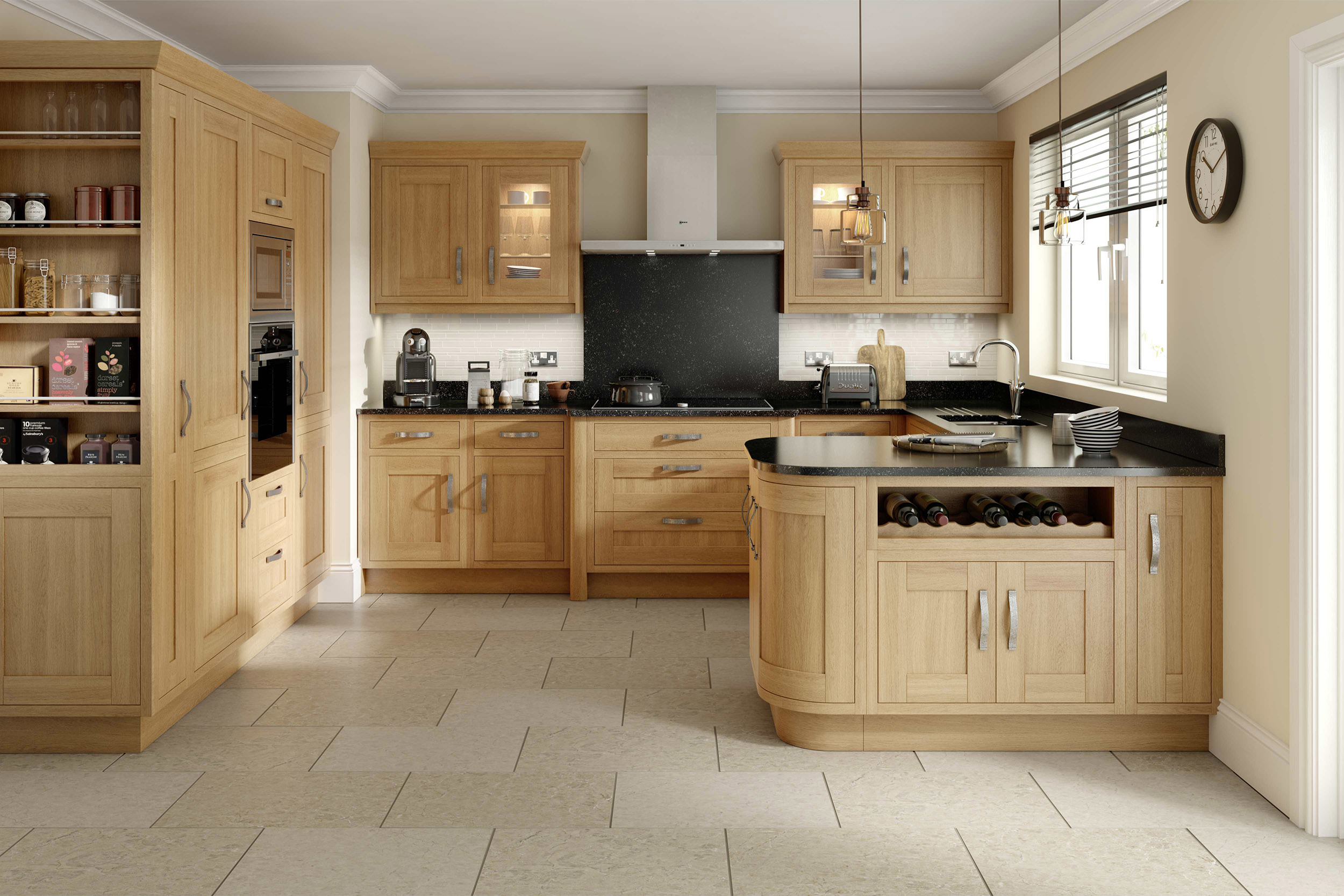A Collector's Guide to Classic Cookware
In an age of quick trends and hasty remedies, traditional cookware stands out as a testament to quality, longevity, and timeless design. Whether you are a professional chef or a home cook just starting out, choosing time-honored cookware is not just about practicality; it’s about celebrating a gastronomic legacy that has been treasured for generations. From the solid elegance of cast iron skillets to the refined beauty of copper vessels, these kitchen essentials bring a level of efficiency to your cooking that latest gadgets often cannot match.
As we plunge into the realm of traditional kitchenware, you’ll uncover why these tools have remained cherished fixtures in kitchens around the globe. This manual will examine their timeless attraction, the best selections for your kitchen, and how to care for these items to ensure they endure for years. So, whether you want to enhance your culinary skills, or infuse some sentiment into your culinary space, classic cookware is the best starting point to build upon.
The Timeless Appeal of Classic Cookware
Traditional cookware has an irresistible appeal that crosses eras, evolving beyond mere cooking implements. These pieces are often rich in history, infusing nostalgia to the cooking experience. The rustic allure of iron skillets and the coziness of enameled Dutch ovens bring forth memories of homemade dishes and family reunions. Their beautiful designs also allow them to double as kitchen decor, making them not only practical but visually appealing.
The substances used in traditional cookware—such as cast iron, copper metal, and carbon steel—are renowned for their robustness and ability to retain heat. In contrast to contemporary non-stick options, which can wear out over time, classic cookware is built to last, often passing down through families as cherished heirlooms. This longevity contributes to their attractiveness, as cooks appreciate the narratives attached to each item and the tastes it has provided to countless dishes over the years.
Additionally, classic cookware improves the culinary adventure, allowing cooks to bond with their ingredients on a more personal level. The distinct heat distribution capabilities of cast iron and steel enable home cooks to achieve better sears and caramelization. Click for info prefer these materials for their ability to retain and distribute heat effectively, making them ideal for different cooking methods. This exceptional performance combined with their sentimental value solidifies classic cookware's status in modern kitchens.
Essential Traditional Cookware Items
When it comes to classic cookware, there are several must-have pieces that every home chef should have in their kitchen. First on the list is the cast iron skillet, renowned for its exceptional heat retention and even cooking. This versatile piece can be used for a range of activities including searing steaks to baking cornbread, making it a necessary tool for any cooking enthusiast. A carefully treated cast iron skillet becomes a family heirloom, able to deliver fantastic results for years to come.
Next, the enameled Dutch oven deserves a key spot in your collection. Known for its durability and heat retention, this pot is ideal for low and slow cooking, braising, and even baking. Its beautiful finish allows it to go seamlessly from stovetop to table, making it as much a serving piece as it is a cooking tool. Many people appreciate that enameled Dutch ovens are available in a range of colors, adding a touch of style to your kitchen decor while offering top-notch functionality.
Finally, carbon steel pans are making a strong comeback among cooking aficionados. Similar to cast iron, they offer excellent heat conductivity and develop a nonstick surface with proper seasoning. These pans are notably favored for high-heat cooking and are lighter than their cast iron counterparts, making them easier to maneuver. Investing in these timeless pieces not only elevates your cooking experience but also ensures you are using tools that have proven their worth.
Maintaining and Renewing Classic Cooking Utensils
Restoring vintage cookware can bring fresh vitality to cherished pieces, enabling them to sparkle in your kitchen once again. Begin by assessing the condition of the cookware. Strip away any oxidation or old seasoning with a combination of cleaning pads and a gentle abrasive cleaner. A mix of vinegar and water may also assist to eliminate stubborn residue. For heavily tarnished copper, think about using a blend of lemon juice and baking soda to create a consistency that brings back its luster without damaging the metal.
Once cleaned, it is crucial to adequately re-season cast iron or carbon steel items. Clean them thoroughly with soap and water, dry completely, and apply a light layer of cooking oil. Put them upside down in the oven at a gentle temperature for an hour to let the oil to adhere with the surface, creating a natural nonstick effect that improves cooking performance. Consistent seasoning will not just sustain the cookware's functionality but also prevent rust, keeping it in top shape for decades to come.
Caring for vintage cookware involves more than just renewal; it needs regular maintenance to protect its quality. korean cookware of soaking your cookware in water for long periods, and avoid using metal utensils that can scratch the surface. With thoughtful care, these timeless tools can be passed down through generations, providing not just functionality and also a link to culinary history that modern equipment often lacks.
